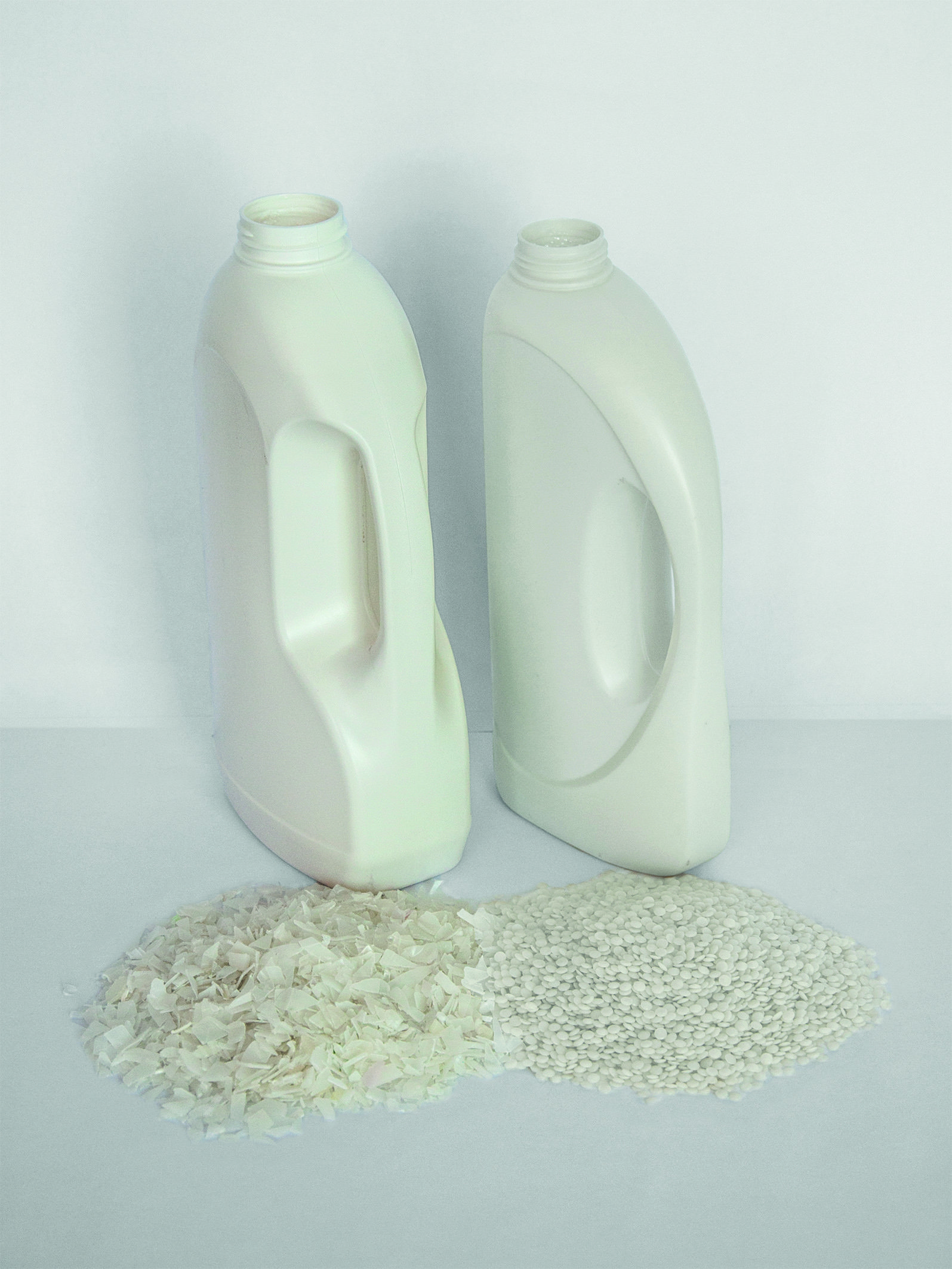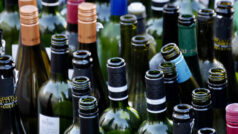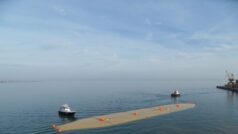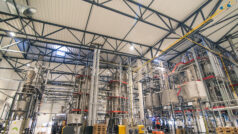But in contrast to PET bottles, for which extensive collection systems have partly been set up, the collection of used containers made of polyolefins is still in its early stages. One reason for the lack of effort in this area lies in the complicated recycling process of plastic containers that were filled with detergents; due to migrated substances, the plastic, and in turn the recycled material, takes on an unpleasant odor.
The call for sustainable packaging solutions for polyolefins – especially by brand manufacturers – prompted Starlinger to engage with this topic on a deeper level. Over the last years Starlinger engineered a project for the recycling of the input material of a renowned European recycler. The material came from detergent bottles from a post- consumer collection that had maintained a persistent odor of dishwashing or laundry detergent even after undergoing a shredding and washing process. The goal was to produce high-quality regranulate, and to aim for optimum removal of the strong smell. In addition, the regranulate should not entail qualitative losses compared to products made from virgin material.
Taking these requirements into account, Starlinger started a test production during which more than 100 tons of HDPE post-consumer material were processed. The subsequent production of bottles from 100% rHDPE fulfilled all expectations; this means that Starlinger was the first technology provider to offer a recycling solution for detergent bottles.
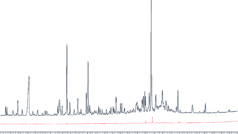
During test production, samples were extracted and sent to a German laboratory for analysis. The analysis consisted of an olfactory test with human participants and a physical analytical method called gas chromatography. The knowledge obtained through this analysis enabled Starlinger to optimize the recycling process – and thus the final product – one step at a time. As a result, the material was fit to be reused in the production of laundry or dishwashing detergent bottles: a new take on bottle-to-bottle recycling.
A special characteristic of odor reduction by means of Starlinger technology is its permanent nature. While conventional processes merely bind odors through the use of additives and therefore enclose them in the final pellets, Starlinger’s odor reduction process permanently removes the substances causing the unwanted smell. In part, this removal already occurs during material preparation in the SMART feeder of the recycling line recoSTAR dynamic as well as during degassing with the highly efficient C-VAC module. As a final step, the regranulate receives the “finishing touches” in the Smell Extraction Unit – its configuration and process parameters may be adapted individually to the needs of the customer’s material.


